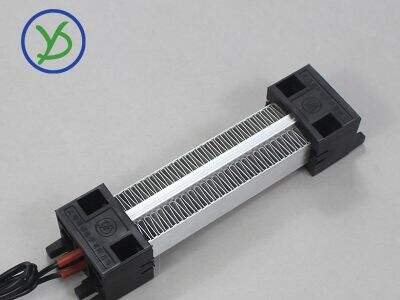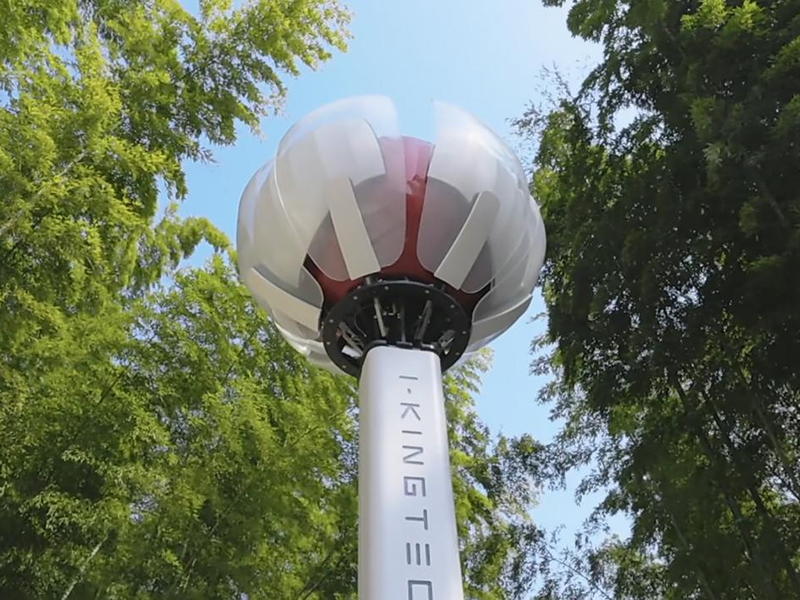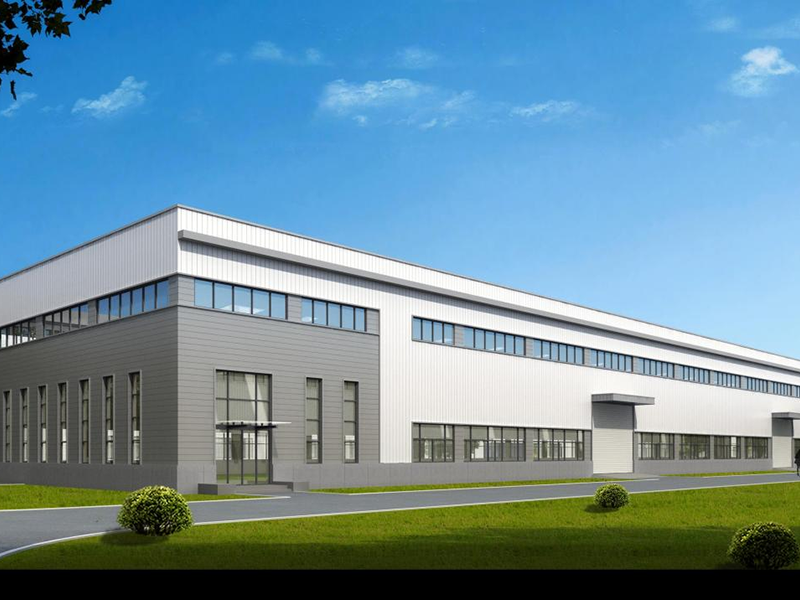And these appliances are no exception — have you ever wondered how things like ovens, heaters, or coffee makers get hot? These tools work via something known as ceramic heating element that heat up. Watt density is a significant topic in industrial heating.
So, watt density is a way of discussing how much power is consumed in a given space. Consider a huge piece of cake, if you slice it into little slices, the frosting on such a slice would be less. The same goes for watt density - the more power you cram into a small area, the hotter it is.
Selecting the Appropriate Watt Density
Thermal Watt Density: When utilizing heating elements in factories it is critical to decide on the appropriate watt density. If they generate more power in a smaller space there’s a tendency to get too hot and break down rapidly. But if you’re not applying enough power, it may not heat up enough to be effective.
Choosing the right watt density for your heating elements can help keep everything running smooth and save money on energy bills. It also helps you not too often fixing or replacing something.
Some Popular Misconceptions about Watt Density
Increase this value if you think that more power is always better. However, excessive watt density might generate issues such as thermal runaway. There is a need for balance, power vs efficiency.
A similar misconception is that all ceramic for heating elements are identical. Indeed, different jobs require different watt densities to work well. If you know what your heating system requires, you can take the correct watt density.
Why Watt Density Matters?
One of the most common problems with heating elements is overheating. These things can wear and fall apart when they get too hot. Selecting an appropriate watt density will prevent anything from overheating, thus elongating the life of your gear.
Again, using the proper watt density also prevents premature failures. Your 12v ptc heating element will last longer if you don't push them too hard. If you spend time getting the watt density right, you can avoid costly repairs in the future.
Choosing the Suitable Watt Density for Your Task
When selecting watt density for your heating application, consider a few factors. For example, consider the size of the space you want to heat. To spread the heat evenly over a larger area, a lower watt density might be needed.
Then consider the material you are heating. Some materials can withstand high temperatures, while heat makes others more fragile. If you know how each material acts, you can determine the correct watt density to prevent damage.
To summarize, watt density plays a critical role in industrial heating. Understanding watt density, selecting the proper one, dispelling misconceptions, avoiding an overheat, and assisting in the selection of proper watt density can all help ensure your heating elements run efficiently. The secret is to find the right compromise between power and performance.
 EN
EN
 AR
AR
 BG
BG
 HR
HR
 CS
CS
 DA
DA
 NL
NL
 FI
FI
 FR
FR
 DE
DE
 EL
EL
 HI
HI
 IT
IT
 JA
JA
 KO
KO
 NO
NO
 PL
PL
 PT
PT
 RO
RO
 RU
RU
 ES
ES
 SV
SV
 TL
TL
 IW
IW
 ID
ID
 LV
LV
 SR
SR
 SK
SK
 SL
SL
 UK
UK
 HU
HU
 TH
TH
 TR
TR
 FA
FA
 AF
AF
 GA
GA
 BE
BE
 KA
KA
 LA
LA
 MN
MN











